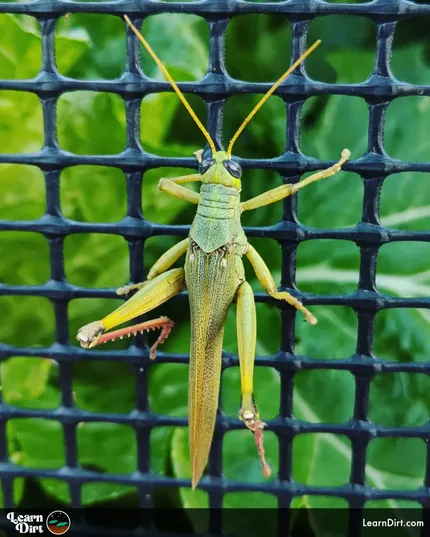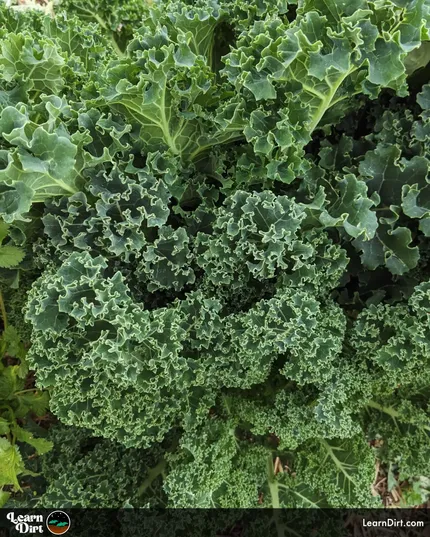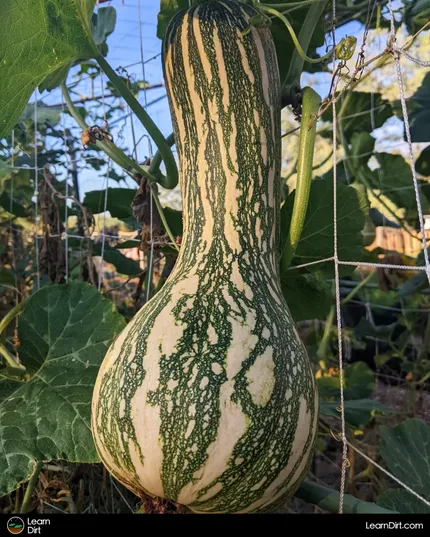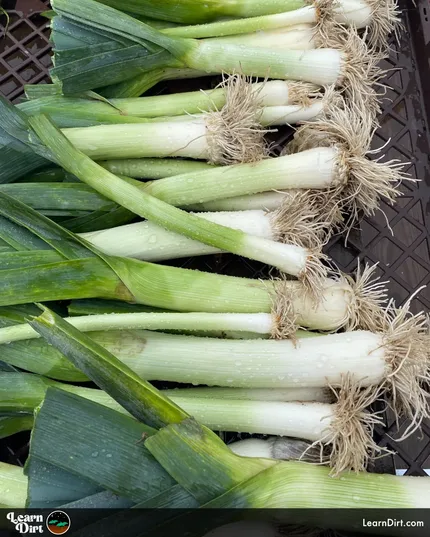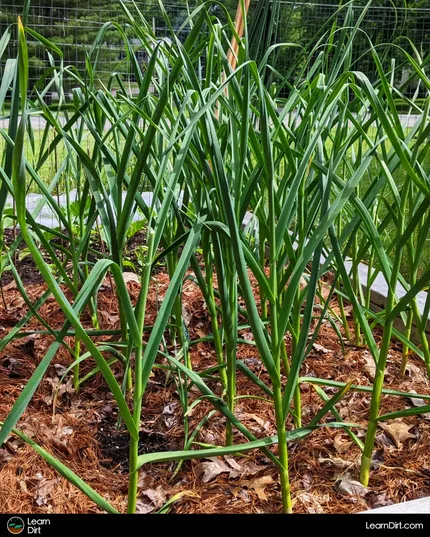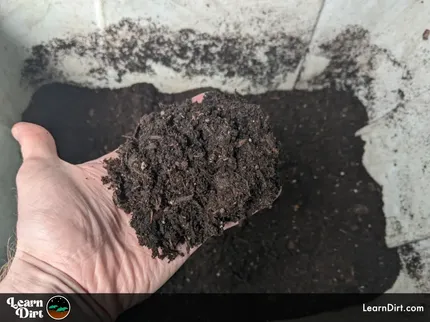Table of Contents
- Why Grow Your Own Lettuce?
- Lettuce Growing Conditions
- Starting Lettuce From Seed
- How to Harvest Lettuce
- Saving Lettuce Seed
* Our articles never contain AI-generated slop *
Growing lettuce is quick and easy, and you'll never want to eat slimy grocery store lettuce again once you grow your own.
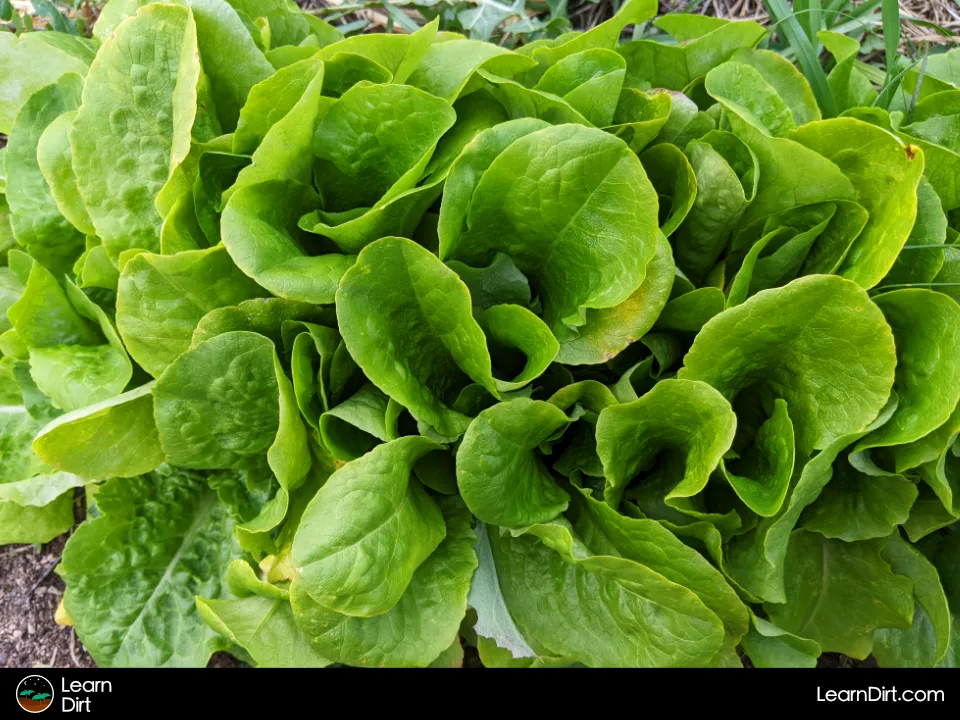
Why Grow Your Own Lettuce?
Lettuce is extremely perishable. You already know how fast it wilts and gets slimy.
Did you know that lettuce takes an average of 3-8 days from harvest to shelf in the US?
Disclaimer: This post may contain affiliate links. Refer to the privacy policy for more information.
While some lettuce is grown locally when it's in season and can make it to the shelf faster, most lettuce sits on a truck for days before reaching you.
In fact, the average head of lettuce travels some 1,500 miles or more to reach US consumers. This may make a little sense during the off-season, but when conditions are right for you to grow lettuce in your climate - take advantage!
Your home-grown lettuce will be so much more fresh, crisp, tasty, and nutrient-packed than anything a grocery store can offer. You're doing yourself a disservice if you aren't growing the freshest greens when they're in season in your climate.
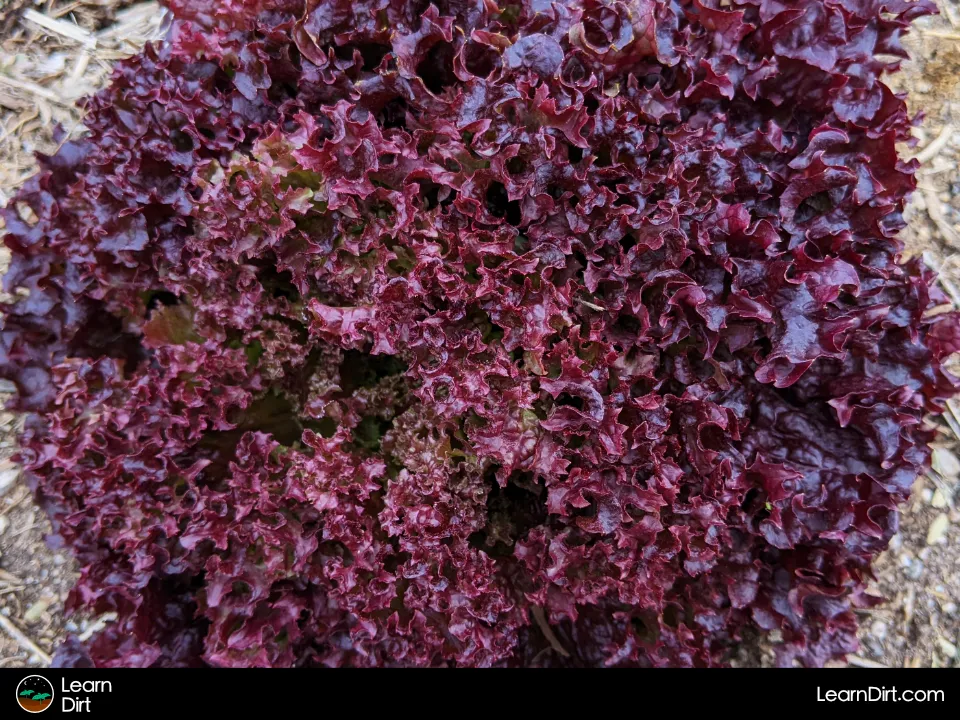
Lettuce Growing Conditions
Lettuce Temperature Tolerance
Lettuce is a cool season crop. It thrives in temps ranging from 50F to 70F (10C to 21C), and will even tolerate temperatures down as low as 20F (-6.6C) for brief periods.
In winter in the US, most lettuce is grown in Arizona and California where nighttime temperatures rarely drop below freezing and daytime temps warm up to 60F to 70F (15.5C to 21C). This allows lettuce plants to warm back up and thaw out every day without risk of extended frosts or hard freezes.
Where I live in Southern Arizona, we plant lettuce in the fall and grow it until the late-spring when it turns bitter and begins to flower with warmer temperatures, 80F+ (26.6C+).
Join The Grower's Community
Find your people.
Your voice matters here 🌱
Check It Out!
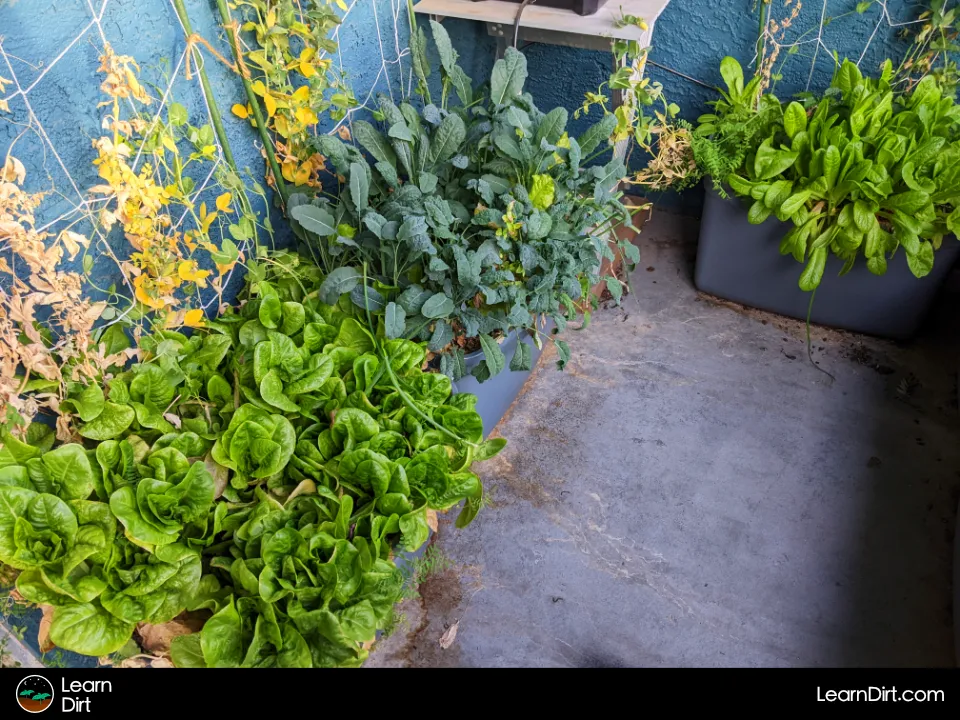
Starting Lettuce From Seed
Lettuce takes about 30-60 days from seed to harvest, depending on variety. If you plan to harvest only a few leaves at a time, you can start harvesting within weeks of planting.
The wait can be shortened further if you start your lettuce indoors - it may only take a couple weeks after transplant into the field before you can start harvesting.
Grab a mixed lettuce variety if you aren't sure what type you like or what will grow best in your climate. Then you can experiment with a number of different types at once and find which one(s) work for you.
Soil Type
Lettuce likes nutrient-rich soils but they must be well-draining. Perlite or sand can help increase drainage so the roots don't stay wet for too long.
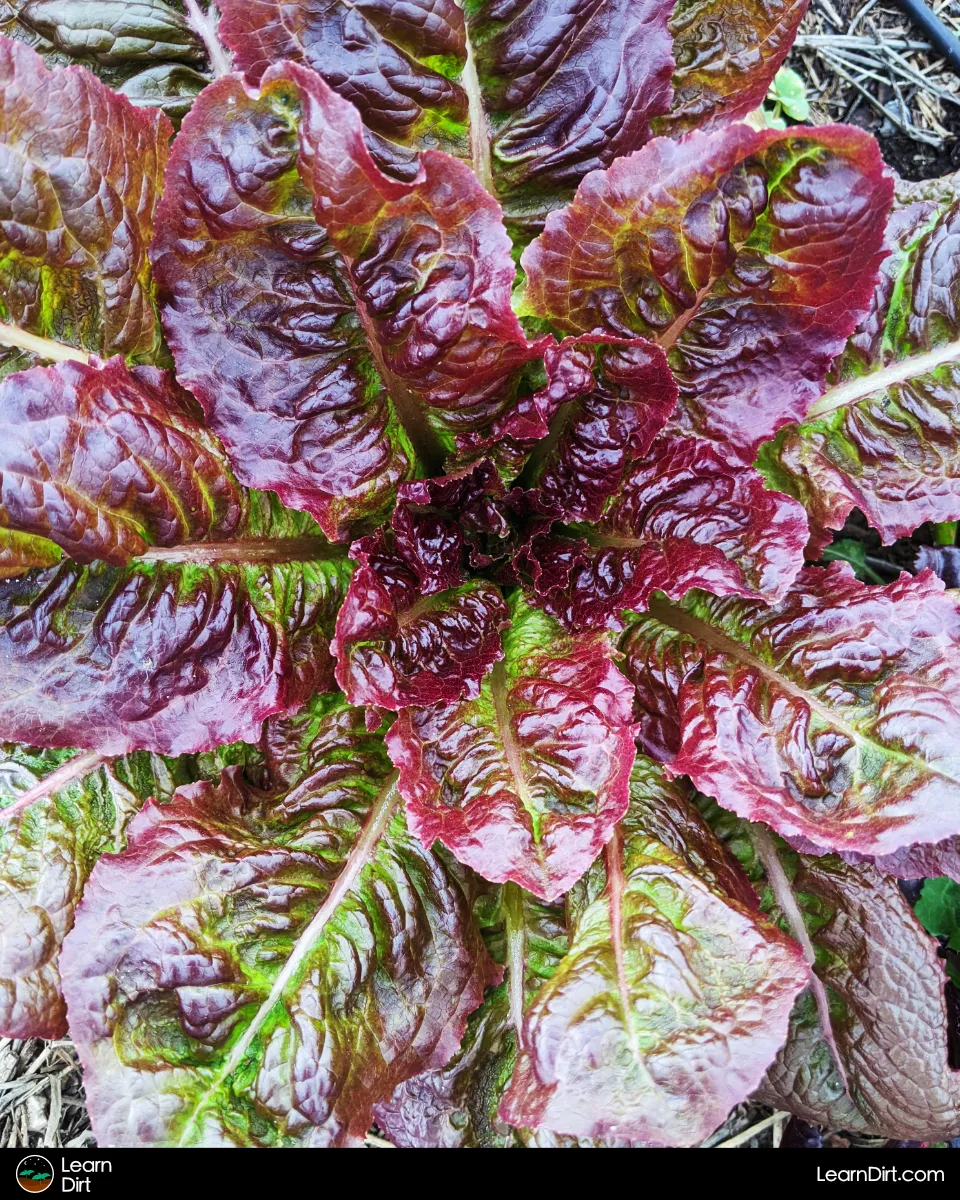
Germination Time
Lettuce seeds should sprout within 7-10 days of planting.
How to Harvest Lettuce
Lettuce is typically harvested in the morning, while the leaves are still crisp and not wilted from the heat of the day.
Heads can be harvested whole, or leaves may be harvested piecemeal as cut-and-come-again.
For home gardeners, cut-and-come-again may be more ideal if you'd rather have some lettuce each day than too much lettuce all at once.
Saving Lettuce Seed
Did you know that lettuce is self-pollinating?
That means that seeds saved from lettuce will generally be true-to-seed and grow the same type as they were harvested from.
This makes lettuce a great candidate for seed-saving. Buy a few lettuce seeds once, and you'll never have to again!
Seeds are also extremely easy to collect and prolific - you can harvest thousands of seeds from a single lettuce plant.
Once seed heads form and lettuce seeds have developed, chop down the stalk and shake the fluffy seed heads into a bucket, tote, or bag vigorously to collect your bounty.
Because fluffy lettuce chaff is so light, it can easily be winnowed with a fan to separate the seeds from the chaff after collection.
That's all for now, thanks for reading!
If you have any questions, comments, or would like to connect with fellow gardeners, head on over to the forum and post there.

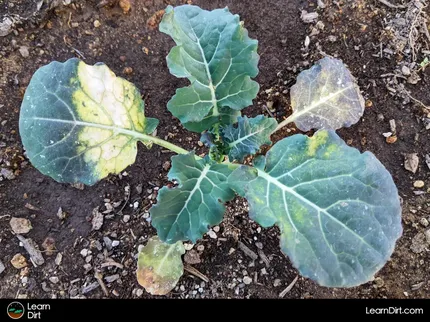

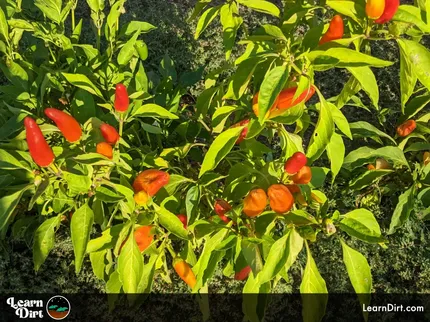


![Don't Till Away Your Carbon [Neon]](/media/product_images/dont-till-away-your-carbon-[neon]_shirt_260x260.png)

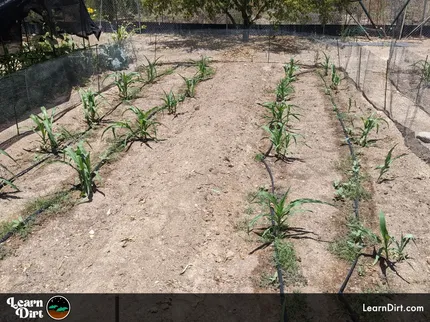
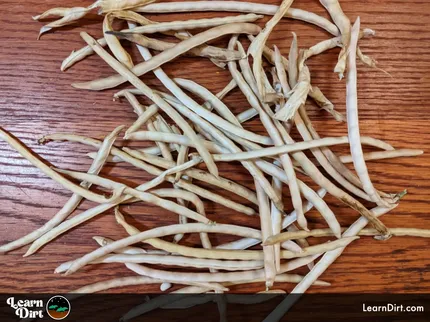
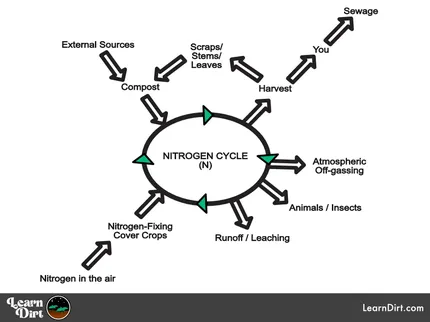

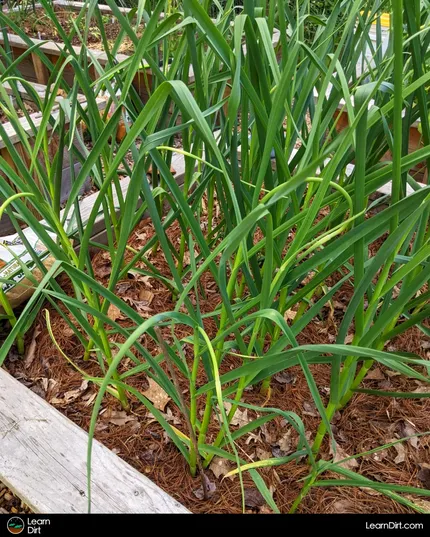

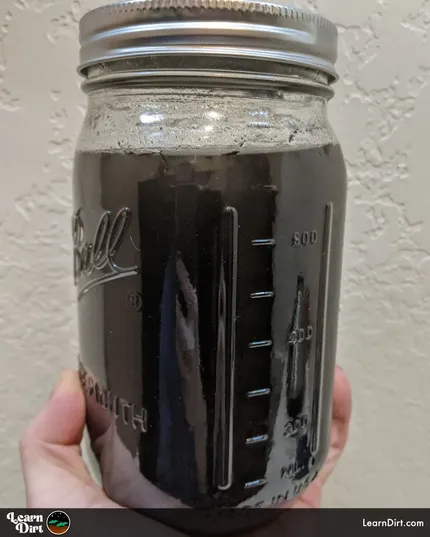
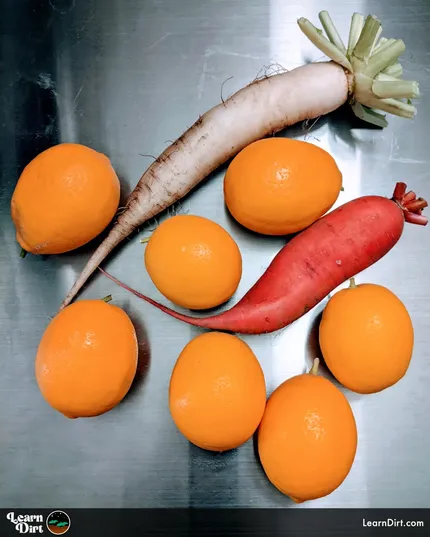

![Black Dirt Live Again [Blue] Sticker](/media/product_images/black-dirt-live-again-[blue]_sticker_260x260.png)


